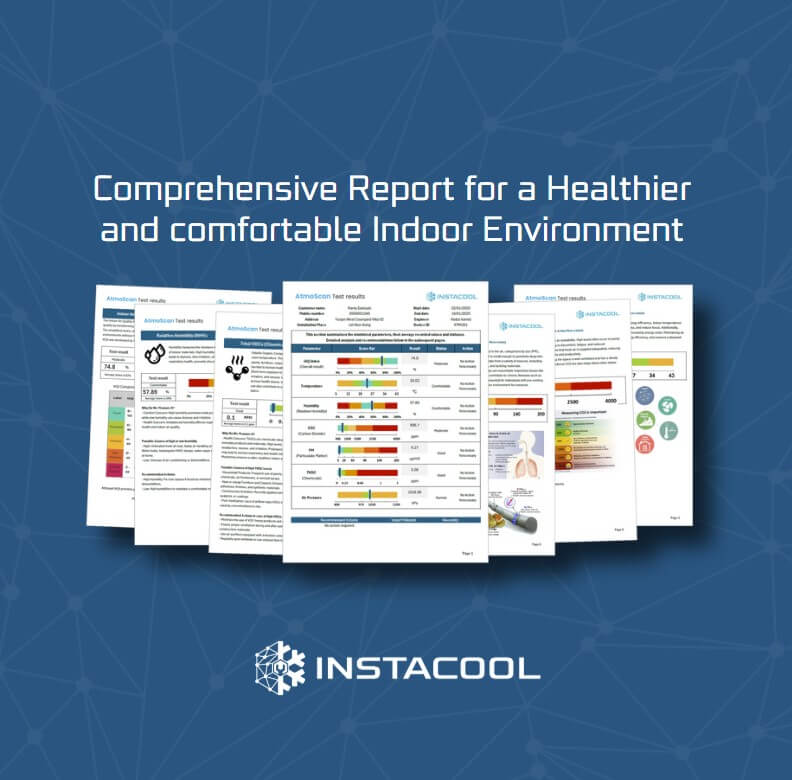Indoor Air Quality Assessments
Helping You Achieve Clean, Safe and Comfortable Indoor environment
Instacool provides professional, thorough and scientifically-based indoor air quality testing and assessment. Our service (branded as AtmoScan) is designed to uncover hidden pollutants and imbalances in your indoor environment. Using advanced monitoring technology, we assess key air quality parameters and provide a detailed, actionable report to help you create a healthier and safer space for your family or employees in Dubai and all over UAE.






